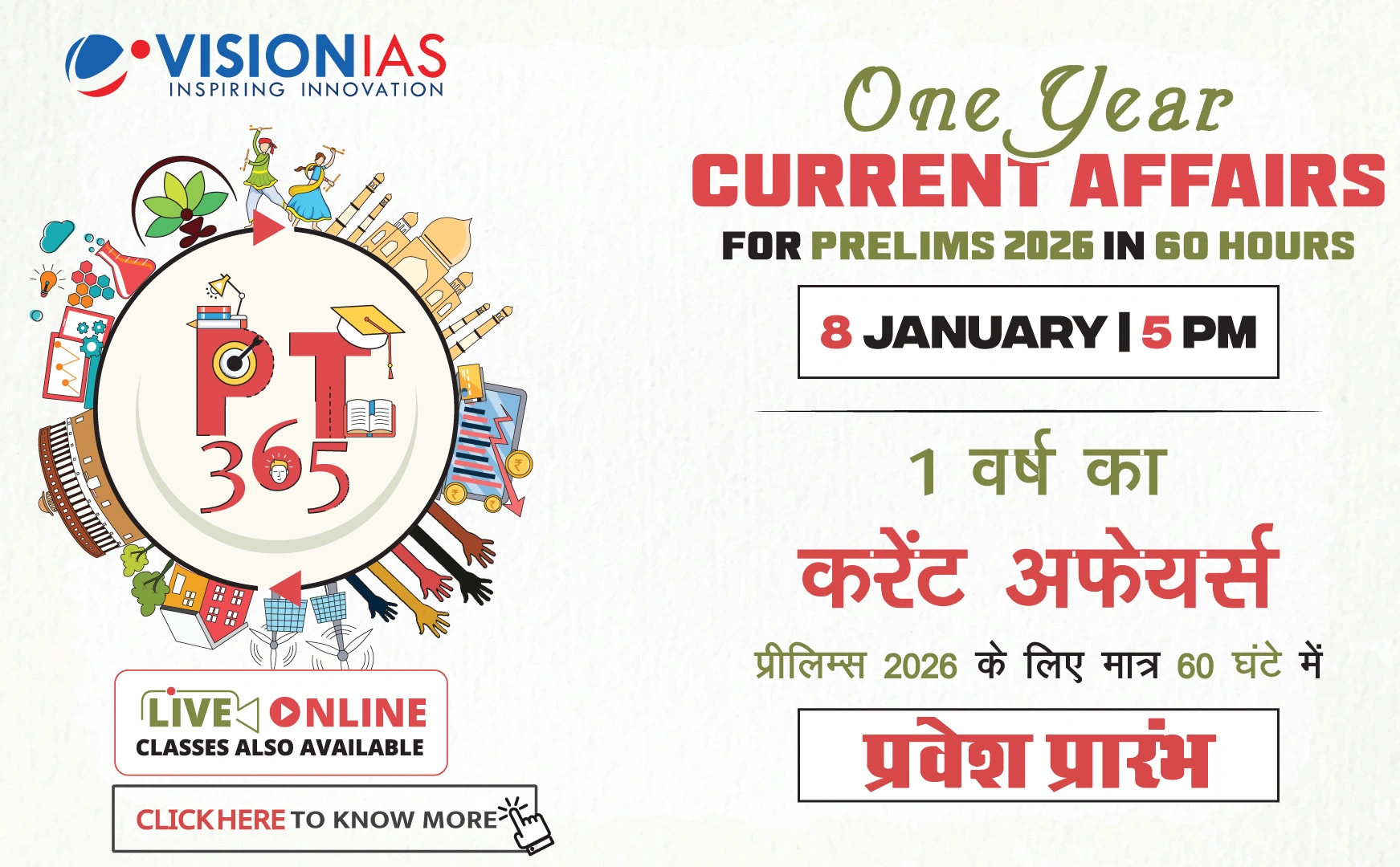Quantum Mechanics vs. Classical Mechanics
Quantum mechanics describes phenomena at microscopic scales, where classical mechanics like Newton's laws fail to explain certain behaviors. One such phenomenon is the measurement-induced collapse of a quantum system, where a system instantaneously assumes a definite state upon measurement.
General Relativity and Quantum Mechanics: Incompatibility Issues
General relativity, explaining gravity, and quantum mechanics, describing the other three fundamental forces, are both highly successful yet incompatible. Physicists are in search of a unified theory that can merge these two frameworks.
Current Theoretical Contenders
- String Theory: Suggests fundamental particles are one-dimensional strings.
- Loop Quantum Gravity: Attempts to quantize space itself.
Both predict deviations at extreme conditions, making experimental validation challenging.
Testing the Quantumness of Gravity
Experiments are proposed to determine if gravity can be described by quantum mechanics. A notable proposal involves using superposition to study gravity's effects on quantum states.
Proposed Experiment Design
- A test mass in a superposition of paths is influenced gravitationally by a probe mass.
- The interaction could reveal whether gravity induces a state collapse, suggesting quantum behavior.
Challenges
- Measurement Precision: Quantum states are fragile and require rapid measurement.
- Environmental Interference: External forces like seismic activity can disrupt superposition.
Future Prospects and Difficulties
Despite the challenges, the proposed experiments could be a significant step toward understanding quantum gravity. The experiment involves using nanocrystals to create observable quantum superpositions, which remain difficult due to the size and mass involved.
Technical Challenges
- Creating and maintaining superpositions at larger scales.
- Ensuring experiments occur in ideal conditions, such as near-perfect vacuum environments.
Hopeful Outlook
While there are significant technological hurdles, researchers are optimistic about the feasibility of these experiments, which could potentially revolutionize our understanding of gravity and quantum mechanics.
Open-Mindedness in Future Discoveries
Ultimately, these experiments may reveal whether gravity is truly a quantum phenomenon or another form of non-classical force, encouraging an open-minded approach to future scientific exploration.



